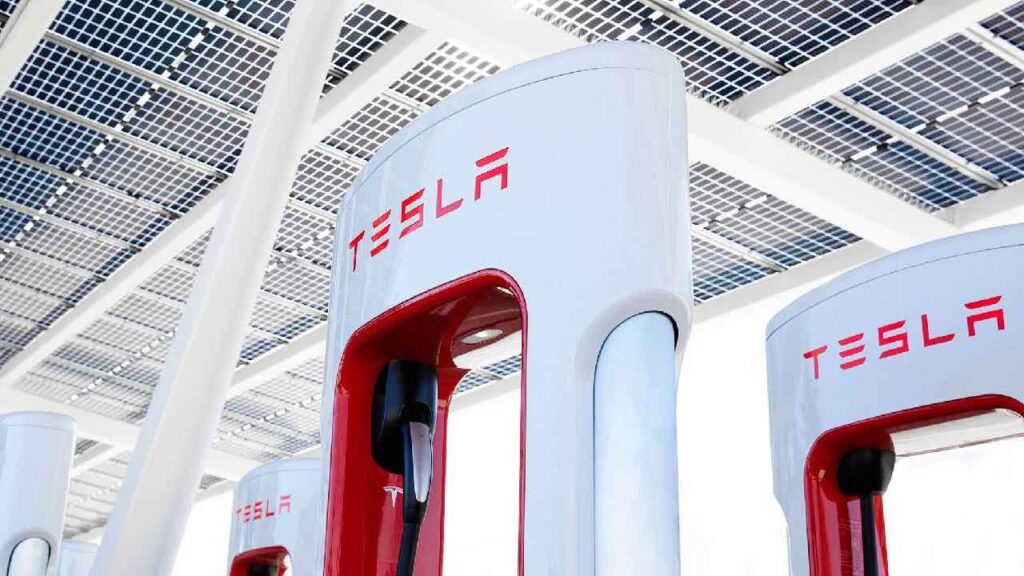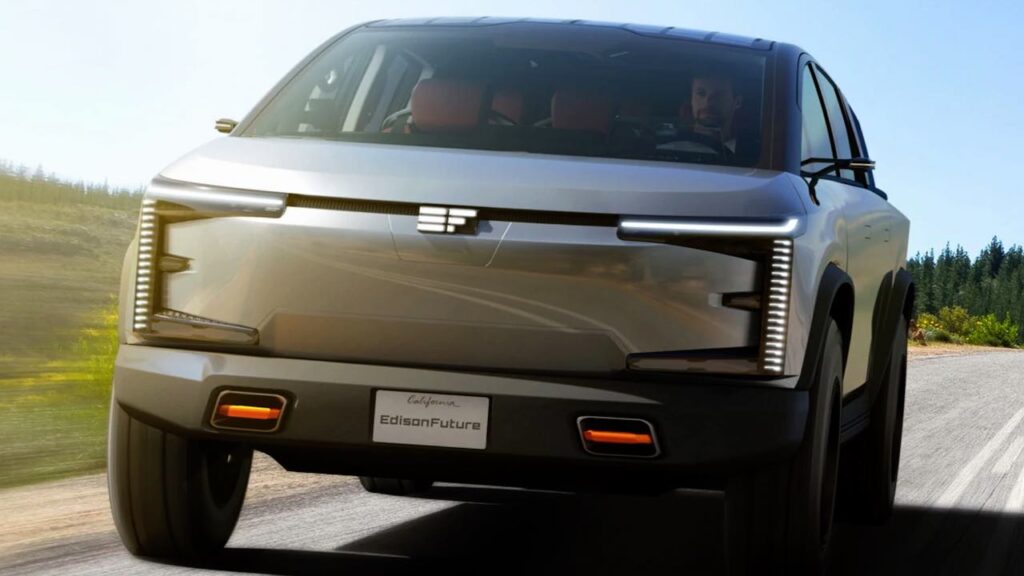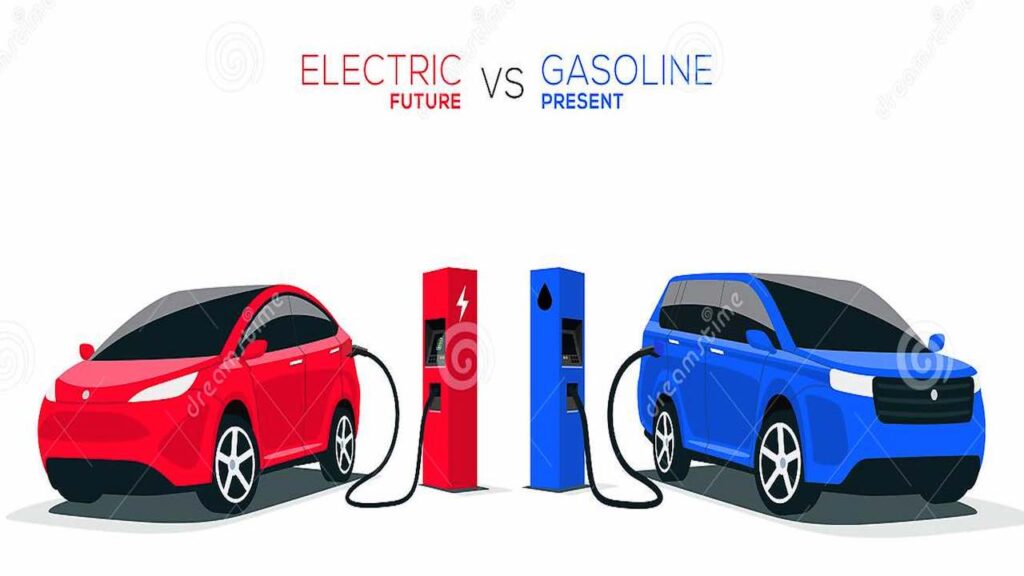Cupra Born vs VW ID.3 – Which One Should You Pick?
The compact electric crossover segment is getting heated up and these two are quite prominent products which is why we compare the two in terms of specs, dimensions, prices and features. The Cupra Born and VW ID.3 are excellent options for all those looking for a compact city-friendly electric crossover. They have a distinct style, practicality and affordability in addition to being feature-laden and environment-supportive. Cupra is the performance division of SEAT, while ID represents the future-oriented electric nameplate from Volkswagen. But it must be mentioned here that Volkswagen Group owns Cupra. Let us compare these two to determine which one suits you the best. You might also like: Leapmotor C11 Electric SUV Specs, Range, Price & More! You might also like: 2022 Porsche Taycan – Price, Variants, Specs, Range, & More Cupra Born vs VW ID.3 – Specs Comparison Interestingly, both these are quite similar in terms of specs which makes things very interesting indeed. Born is a bit varied when it comes to powertrain options and also has a bigger battery pack option which offers significantly more range than the ID.3. Note that the Cupra Born comes in two variants – Born and Born e-Boost. As for ID.3, currently, only the Life variant is available in the UK. Specs Comparison Cupra Born VW ID.3 Battery 58 & 77 kWh 58 kWh Range 343 mi (552 km) [w/ 77 kWh] 265 mi (426 km) Power / Torque 231 hp / 310 Nm 200 hp / 310 Nm Acceleration (0-100 km/h) 6.6 secs [w/ 58 kWh] 7.3 secs Charging (DC Fast) 30 mins up to 80% in 30 mins Euro NCAP 5 Star 5 Star Cupra Born vs VW ID.3 Specs Comparison You might also like: Canoo Electric Pickup Truck Could Be The EV You Really Need Cupra Born vs VW ID.3 – Dimensions Comparison Being urban electric crossovers/hatchbacks, both these EVs have comparable sizes. As seen from the table below, the Cupra is longer than the VW but the wheelbase (space inside the cabin) is quite identical. Incidentally, both have the exact same boot space. Dimensions Cupra Born VW ID.3 Length 4,324 mm 4,261 mm Width 2,070 mm (w/ mirrors) 1,809 mm (w/o mirrors) Height 1,540 mm 1,568 mm Wheelbase 2,766 mm 2,770 mm Boot Space 385 litres 385 litres Dimensions Comparison Price Comparison The main reason for comparing these two EVs is the proximity of their prices. That is what makes the decision a bit confusing for a whole bunch of people. The Born starts at £34,715 (on the road). On the other hand, ID.3 starts at £36,195 (on the road). Price Cupra Born VW ID.3 Starting at £34,715 £36,195 All prices on the road You might also like: VinFast VF8 Will Be The First EV From Vietnam Features Comparison The Cupra Born comes with features like a 12-inch Floating Infotainment Display, a 5.3-inch Digital Cockpit Display, Panoramic Sunroof, Bucket Seats at the rear, e-Boost Mode, 20-inch Alloys, Cupra Connect Gen 4 App, Navigation System, Augmented Reality Heads Up Display, 360-degree Camera, ADAS Functions, Wireless Smartphone Connectivity and Charging, Recycled Materials used inside the cabin, Premium Beats Audio System, Voice Recognition, 12-way Electrically Adjustable Front Seats with Lumbar Support and Massage Function, LTE Connectivity, and much more. On the other hand, the ID.3 is equally impressive with functions like a 10-inch Infotainment Display, Bluetooth, Wireless Charging, Panoramic Sunroof, Augmented Reality Heads Up Display, Premium Audio System, Predictive Navigation, Voice Assistant, 30-coloured Ambient Lighting, Heated Steering Wheel, Height Adjustable Front Seats, Car2X Vehicle Networking, e-SIM Connectivity, Rear View Camera, Front and Rear Parking Sensors, Adaptive Cruise Control and more.






